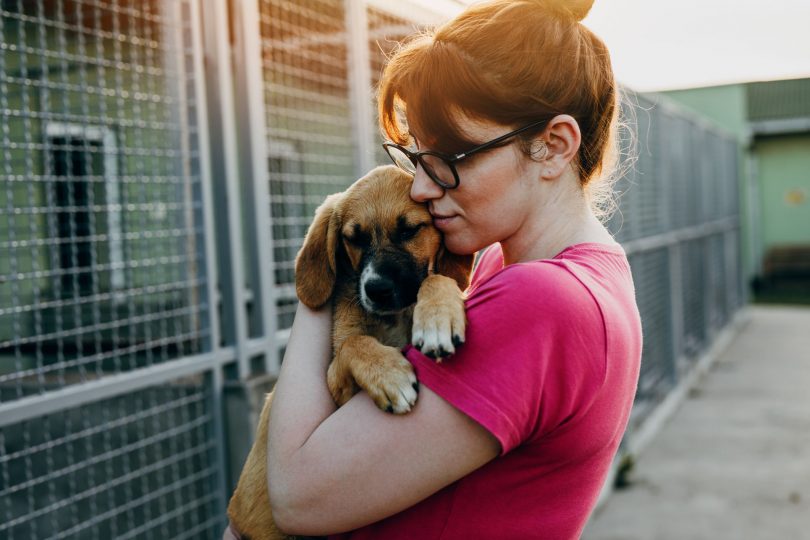You must ensure that a puppy or dog will have a clean and healthy environment to feel safe and loved before placing it for adoption. Here are some quick health tips and questions for a dog and puppy adoption.
-
How to Reward Your Dog
It would be best to not always focus on the negative things a dog does or be overly concerned with fixing its bad habits while overlooking its positive traits. It’s essential to understand what your dog finds gratifying and use it to encourage it to maintain healthy habits.
Rewards include treats, toys, and even walks. When treating a dog or puppy with treats, it’s crucial to make sure you provide them with healthier options to help them stay fit. You should avoid relying solely on treats as a form of reward.
Alternate your rewards as this is an excellent method to raise your dog. Ensure that the treats are given to the dog immediately following its positive behavior, as this will ensure that the reward is relevant to your dog. This will be a healthy approach to raising a dog and forming a healthy attachment since it will distinguish between wrong and right.
-
How to Create Household Rules
It’s critical to have a shared vision for raising the dog with the rest of the family. The dog has stability when rules and schedules are maintained. Your dog will be able to figure things out faster if your family is consistent. Furthermore, consistent family norms and timetables will enable the dog to follow the schedules and routines.
On the other hand, a lack of structure or allowing everyone to develop their own rules will only make your dog restless and uneasy. Some guidelines to consider are how to feed the dog, when and how often to take the dog for walks, and what treats to give.
-
How To Help A Dog Relax
A dog may have built a close attachment with its last owner by the time it was put up for adoption. When a dog is removed from its last owner, it becomes emotional and may experience separation anxiety.
As a result, it is critical for the dog’s new owner to know how to deal with the situation to help the dog feel secure in its new home. Staying relaxed is an excellent place to start with confidence-building, as when you are anxious, your dog may pick up on your worry.
A dog with extremely insecure attachment may damage property, bark ceaselessly, scratch around entryways, or harm itself in a frantic rage. In such instances, it’s a good idea to consult a dog trainer or even an animal behaviorist to help the dog adjust to its new surroundings.

